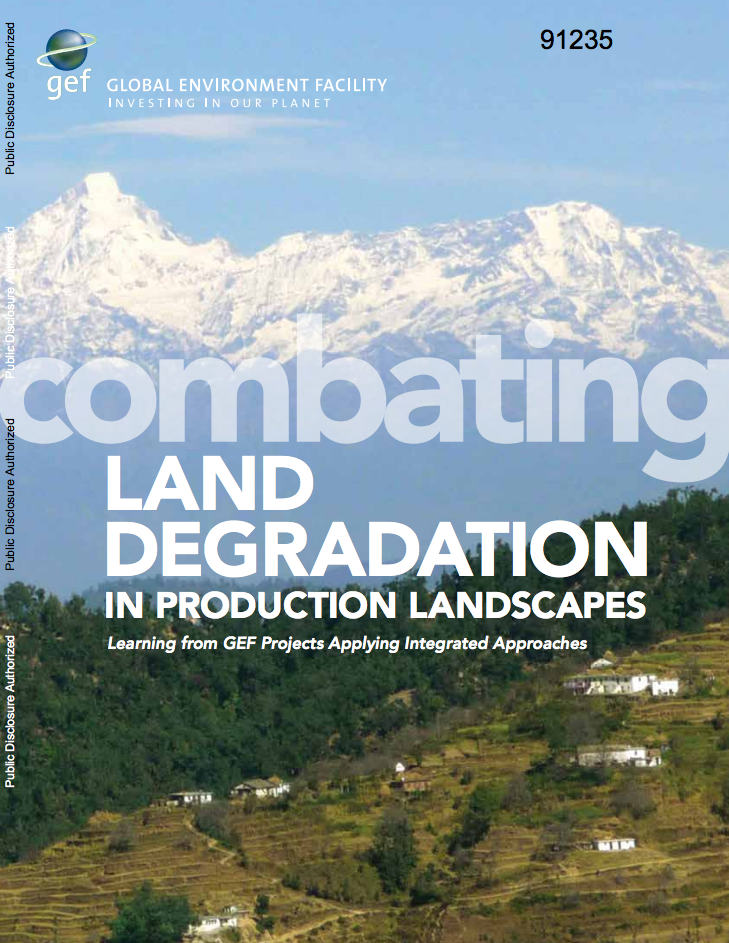Land Transparency Study : Synthesis Report
This report presents the results of a
novel study on land transparency in Vietnam; a study that
focuses on the actual provision of information related to
land. This study was produced as part of the Vietnam
Transparency Project, an effort to systematically measure
transparency, provide actionable advice on how to improve
transparency, and analyze the causes and effects of
transparency in Vietnam. If a country's political,


